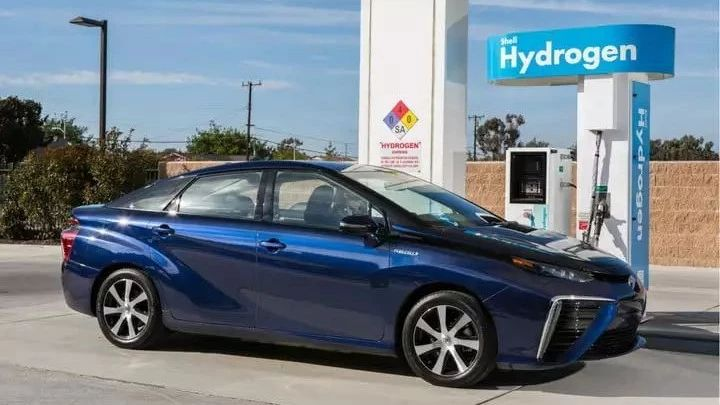On the 11th of this month, Premier Li Keqiang visited Japan and visited a Toyota parts factory, where he visited the hydrogen fuel cell vehicle Mirai and the E-Palette concept car for mobile travel platforms. It is said that this visit was initiated by China, and the Premier showed strong interest during the visit.
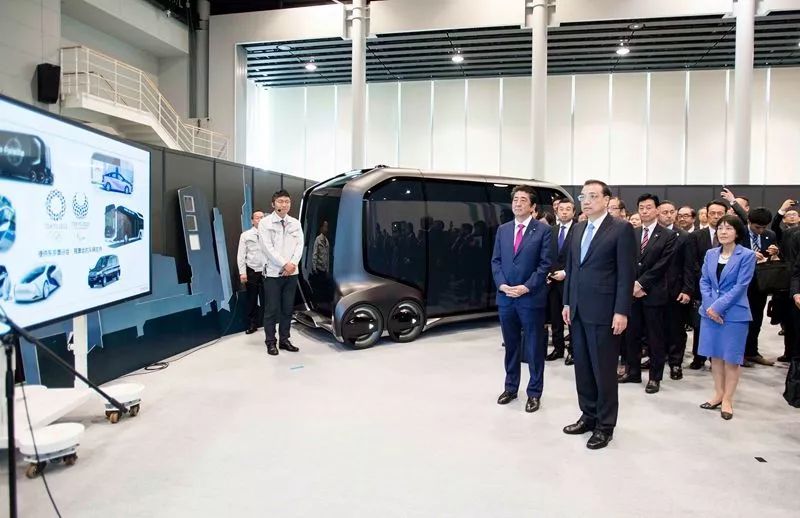
These two products, embody the future of Toyota from two directions: electrification and sharing.
As the world’s second-best-selling automaker and the world’s top-profitable automaker, Toyota undoubtedly deserves attention for its future strategy. In terms of electrification, internet connectivity, intelligence, and sharing, Toyota has given a clear answer.
Solid-state batteries and hydrogen fuel cells: early start, many patents, high barriers to entry.
Toyota’s new energy roadmap may be the clearest and most practical of all automakers.
Summarized, it is one fundamental and one entry point.
The fundamental is the transition from hybrid/plug-in hybrid cars to the future of hydrogen fuel cell cars; the entry point is to seize the high ground of the electric vehicle revolution with the next generation of battery technology and to make up for the negligence of electric vehicles in past strategic layouts.
Two years ago, when I saw Toyota’s 2050 strategy (Toyota released the Toyota 2050 Challenge in 2015), I thought Toyota was too conservative. While major automakers were investing heavily in pure electric (BEV) routes, Toyota’s future vision was still dominated by FCVs (hydrogen fuel cells) and HCVs (hybrid powertrains).
In the two years from 2016 to 2017, industry voices gradually became rational, and began to reflect on the pure electric route. Everyone began to seriously think that the purpose of making electric vehicles was ultimately to save energy and reduce emissions. Being obsessed with BEVs did not make sense. If BEVs cannot be quickly promoted due to factors such as battery technology bottlenecks, energy density limits, and infrastructure constraints, they cannot achieve a broader future. Therefore, more practical energy-saving and environmentally friendly power forms such as plug-in hybrids (PHEV) and extended-range electric vehicles (EREVs) should occupy a more important position. At this time, looking back at Toyota’s energy roadmap, hybrid/PHEV + hydrogen fuel cells is a typical layout that focuses on the present and lays out the future.The hybrid technology is the first invention and application of Toyota. With the hybrid Prius, Toyota has achieved great success worldwide and established a strong competitive barrier. As I have written in “Toyota’s electric vehicle test” (http://mp.weixin.qq.com/s?_biz=MjM5NTIyMjA2MQ==&mid=2656742233&idx=1&sn=e58ecf7271ff8bc949e9a92cbcfbbb35&chksm=bd55cc1b8a22450d6732c1635bca002f1d7cacb1dd13eb5d84b6c190eb5dfdeb5758ca4375de&scene=21#wechatredirect), Toyota’s exploration of hybrid and pure electric technology was almost synchronous, but the first pure electric model was a pure electric SUV based on RAV4. The starting point was that the pure electric model was easier to drive and the performance of motor drive was better. Making it an SUV could reduce the driving burden for long-distance drivers (this was a humanized consideration, but what about the starting point on the market for pure electric SUVs?) and satisfy users’ pursuit of speed.
The result was that this model failed.
The same year, the Toyota Prius was a great success in the market.
Since then, Toyota’s hybrid strategy has continued to expand, while the pure electric route has become smaller and smaller. It can be said that Toyota has shown with practical actions that the difficulty of promoting electric vehicles is much greater than that of hybrids. So they pragmatically chose the latter.
While gradually determining the new energy technology route, Toyota has also been working hard on battery technology research and development. The following picture, released by Toyota at the International Lithium Battery Forum (IMLB) in June 2014, outlines Toyota’s future plans for lithium battery technology. It can be seen that at that time, Toyota planned to achieve the popularization and application of all-solid-state batteries by 2025, with an energy density of up to 600Wh/L.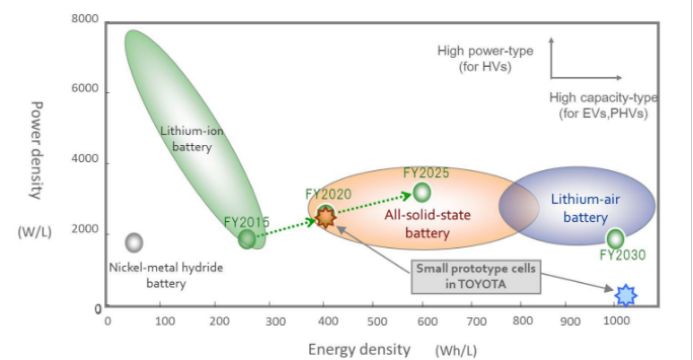
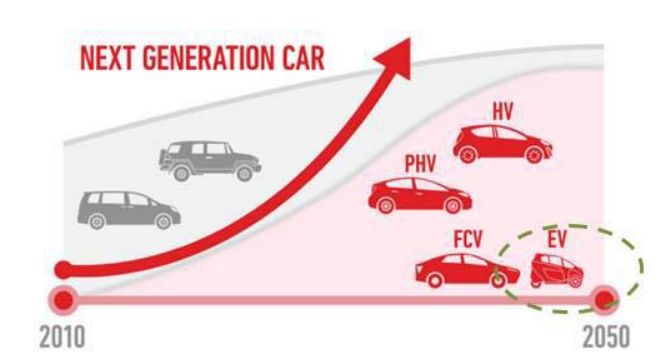
As depicted in the Toyota 2050 Challenge back in 2015, EVs only played a role in personal commuting, and the main characters of the future were FCV and HV/PHV. Toyota’s plan to mass-produce solid-state battery vehicles was still set for 2025.
Japan’s persistent pursuit of the hydrogen fuel cell route comes from the government’s energy strategy. As a country heavily reliant on nuclear energy, Japan has been seeking alternative secondary energy solutions since the Fukushima nuclear leak incident.
On June 13th, 2013, the Japanese government proposed the national strategy “JAPAN is BACK,” which involved promoting technologies such as household hydrogen fuel cell and hydrogen fuel cell vehicles. The country provides subsidies for household hydrogen fuel cell water heaters, and many universities have completed multiple scientific research achievements in areas such as hydrogen tanks and fuel cell catalysts. Meanwhile, the construction of hydrogen refueling stations in Japan has been in full swing for many years, and its density has become the highest in the world.
In 2014, the Abe government proposed hydrogen energy as the core of secondary energy in the basic plan for energy, and put forward the goal of promoting household fuel cell use and gradually popularizing hydrogen fuel cell vehicles from 2015.
The “Toyota Environmental Challenge 2050,” launched in 2015, placed FCVs directly in the most important position in the future, with a very limited role for BEVs.
By the way, FCV was first developed by Honda, but Toyota was the first to achieve mass production.
In 2015, Toyota Mirai was officially released after experimental verification. Mirai is Toyota’s first mass-produced fuel cell vehicle. The electric power is provided by the fuel cell stack that utilizes the chemical reaction between hydrogen and oxygen, and the AC motor delivers a maximum power output of 114kW (155PS) to the driving wheels. Compared to traditional internal combustion engines, the energy efficiency of a hydrogen fuel cell stack is superior, and it only takes 3 minutes to refuel with hydrogen. The vehicle produces only water as emissions during driving, achieving zero emissions of pollutants such as carbon dioxide.However, the market performance of Mirai has been disappointing, with only slightly more than 5,300 units sold globally as of the end of 2017.
Nonetheless, the Japanese continue to have an unabated passion for a hydrogen-based society, hoping to recreate the success of the liquefied petroleum gas economy globally that they managed 50 years ago, and once again establish a hydrogen economy. On December 26, 2017, the Japanese government issued the “Basic Hydrogen Strategy” outlining the goals of building a hydrogen-based society by 2050 and the specific action plans to be implemented by 2030. Specifically, within the automobile industry, Toyota hopes to continually promote its FCV technology just as they did in promoting hybrid vehicles worldwide by their own efforts.
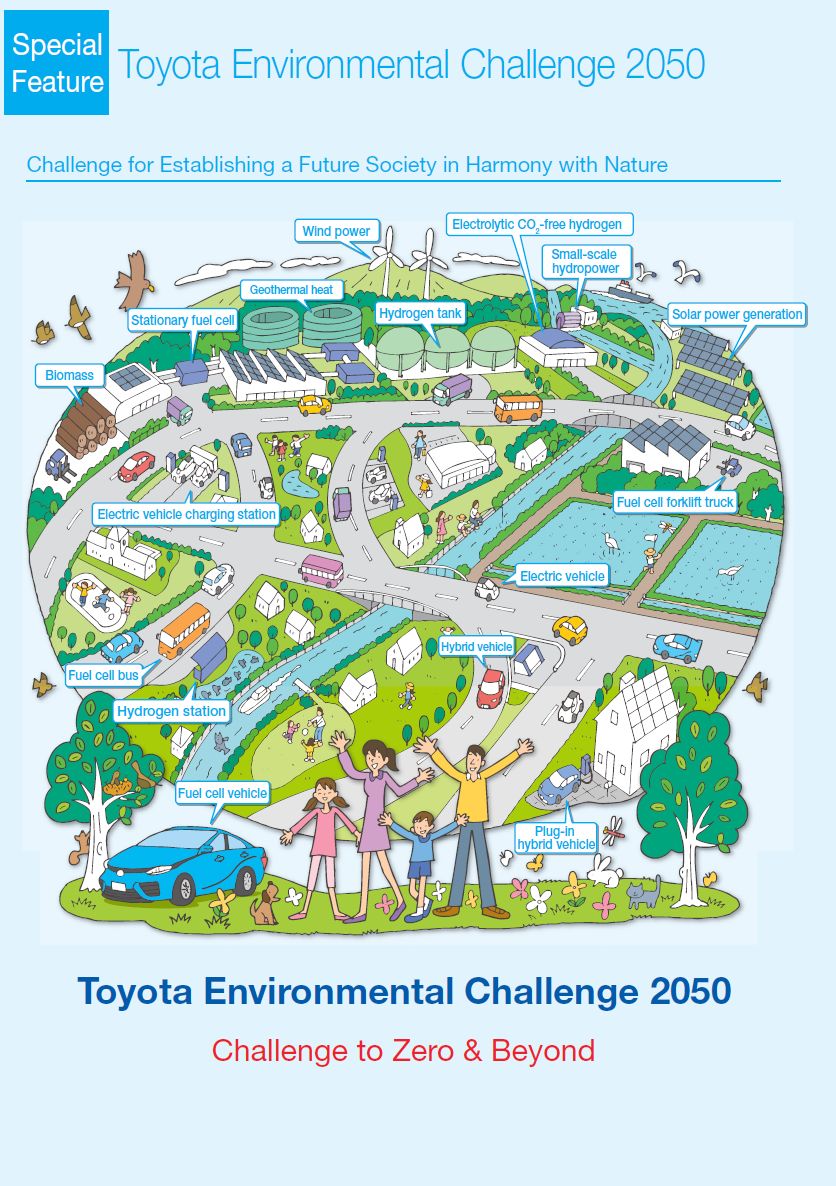
On the other hand, since 2015, electric cars have seen explosive growth in major countries and regions, mainly driven by startups that have garnered enormous financial investments. At the same time, after the successful transition to large-scale production, the Tesla Model S in North America is taking market share from Mercedes-Benz and BMW, leaving traditional car companies feeling somewhat disheartened. Additionally, China’s dual credit policy points in the electric vehicle direction which makes traditional large automobile companies feel apprehensive.
Toyota cannot remain still.
At the end of 2016, Akio Toyoda announced that a pure electric vehicle division would be established and he would personally lead it.
In July 2017, the “China-Japan News” reported that Toyota was developing an electric car powered by an all-solid-state battery. This type of battery can increase the mileage of electric cars and reduce charging time. Toyota plans to sell this type of electric car starting in 2022.
In September 2017, Toyota announced a joint venture called EV C.A. Spirit with Mazda and Denso to develop electric vehicle-related technology products. Half a year later, Subaru, Suzuki, Daihatsu, and Hino joined, making EV C.A. Spirit the largest automobile alliance in Japan.
At the 2017 Tokyo Motor Show, Toyota’s executive vice president mentioned during an interview with Reuters that Toyota’s solid-state battery will be a game-changer. The next-generation battery technology adds longer range, shorter charging time, and more safety. However, the commercialization launch is still planning for the first half of the 2020s. Meanwhile, the president of Toyota, Akio Toyoda, said that both pure electric and hydrogen fuel cell technologies are imperative for the future. Toyota will not abandon the FCV route. As for BEV, Toyota will increase investments in solid-state batteries to make battery life more durable. At present, using batteries with a service life of only three years is far from enough for Toyota.At the end of 2017, Toyota finally announced its plan for pure electric vehicles, aiming to launch over 10 electric car models between 2020 and 2025. This move is to accelerate its efforts in the global electric vehicle market, and by around 2025, Toyota will reduce its conventional engine vehicles to zero, switching entirely to pure electric vehicles (EVs), plug-in hybrid vehicles (PHVs), and hybrid vehicles (HVs) worldwide.
Recently, Toyota, Honda, Nissan, Panasonic, and other companies have also jointly participated in the research of solid-state batteries with the support of the Japan government. The Japanese government hopes to gain a competitive advantage for Japanese automakers in the field of electric vehicles by leveraging the new generation of battery technology, thereby maintaining Japan’s dominant position in the automotive industry amidst the new wave of change.
It can be seen that FCVs are an inevitable choice at the strategic level of the Japanese government, and as the world’s largest automaker, Toyota represents the Japanese automotive industry. For Japan, an urgent transformation of its energy structure is necessary, and finding a more precise future technological route is essential for survival.
A few days ago, the Chinese Premier visited Toyota’s Mirai, causing a stir in China. Domestic discussions have begun on the pros and cons of China’s EV and Japan’s FCV routes. In 2017, Reuters reported that this divergence is essentially a competition between different national routes.
This event reminds peers who are doing electric cars of one thing: the battery route is up to whoever decides it, and it’s best to follow the actions of major companies.
In this article, let’s discuss energy, and in the next article, let’s explore transportation.
I must admit that when I wrote about the E-Palette concept vehicle in the CES report earlier this year, I didn’t pay attention to Toyota’s real advantage in this matter. Toyota not only found the best concept, but also plans to popularize it. Japan, with sparse land and a dense population, has a deep and practical understanding of future transportation, and it’s no surprise that Toyota announced its transformation into a mobility service company at CES. Understanding and servicing transportation is precisely in Toyota’s genes.

 * Toyota’s electric vehicle test: Am I also a pioneer?
* Toyota’s electric vehicle test: Am I also a pioneer?
- Why is Tesla cleaning up its suppliers? How will the electric vehicle market move towards profitability?
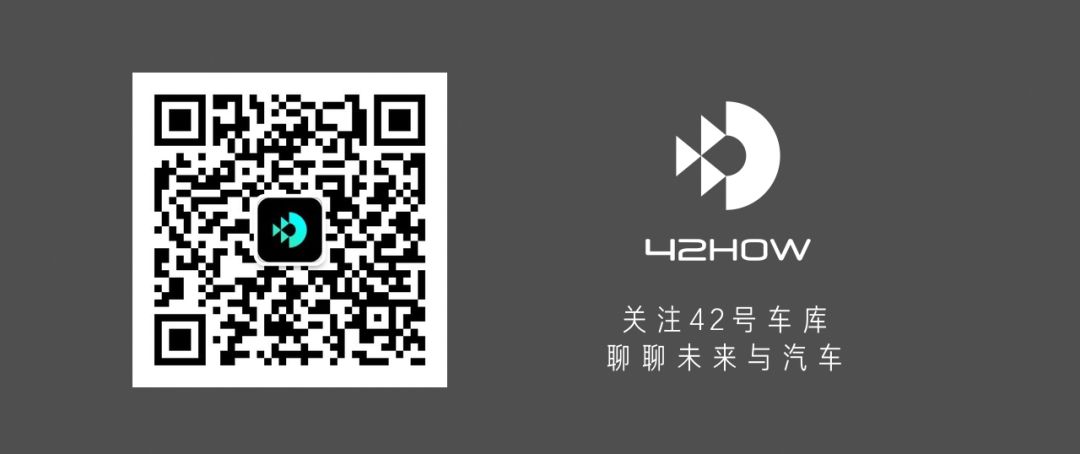
(There is no need to translate this, as it is already in English and doesn’t contain any Markdown or HTML tags)
This article is a translation by ChatGPT of a Chinese report from 42HOW. If you have any questions about it, please email bd@42how.com.
